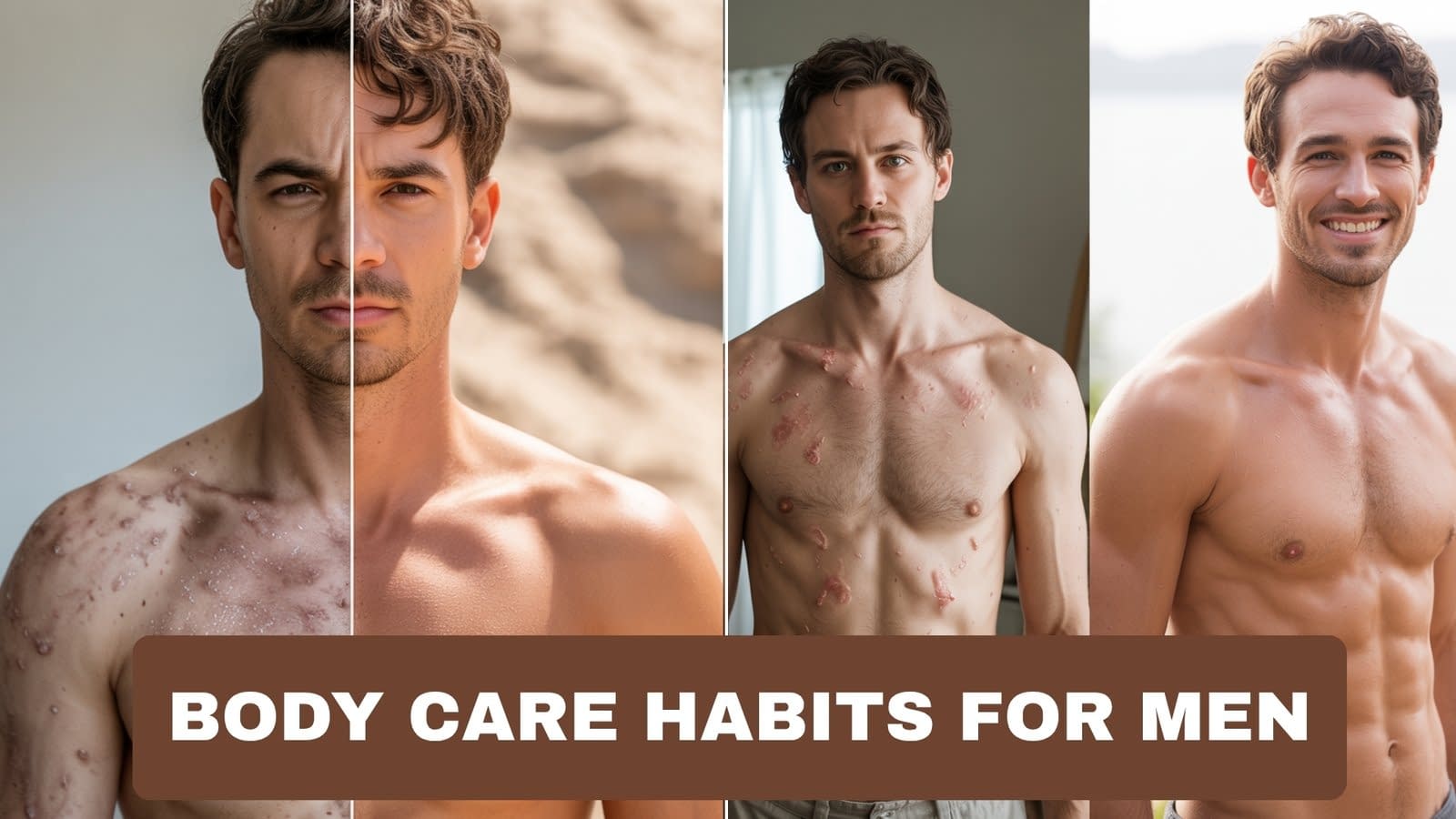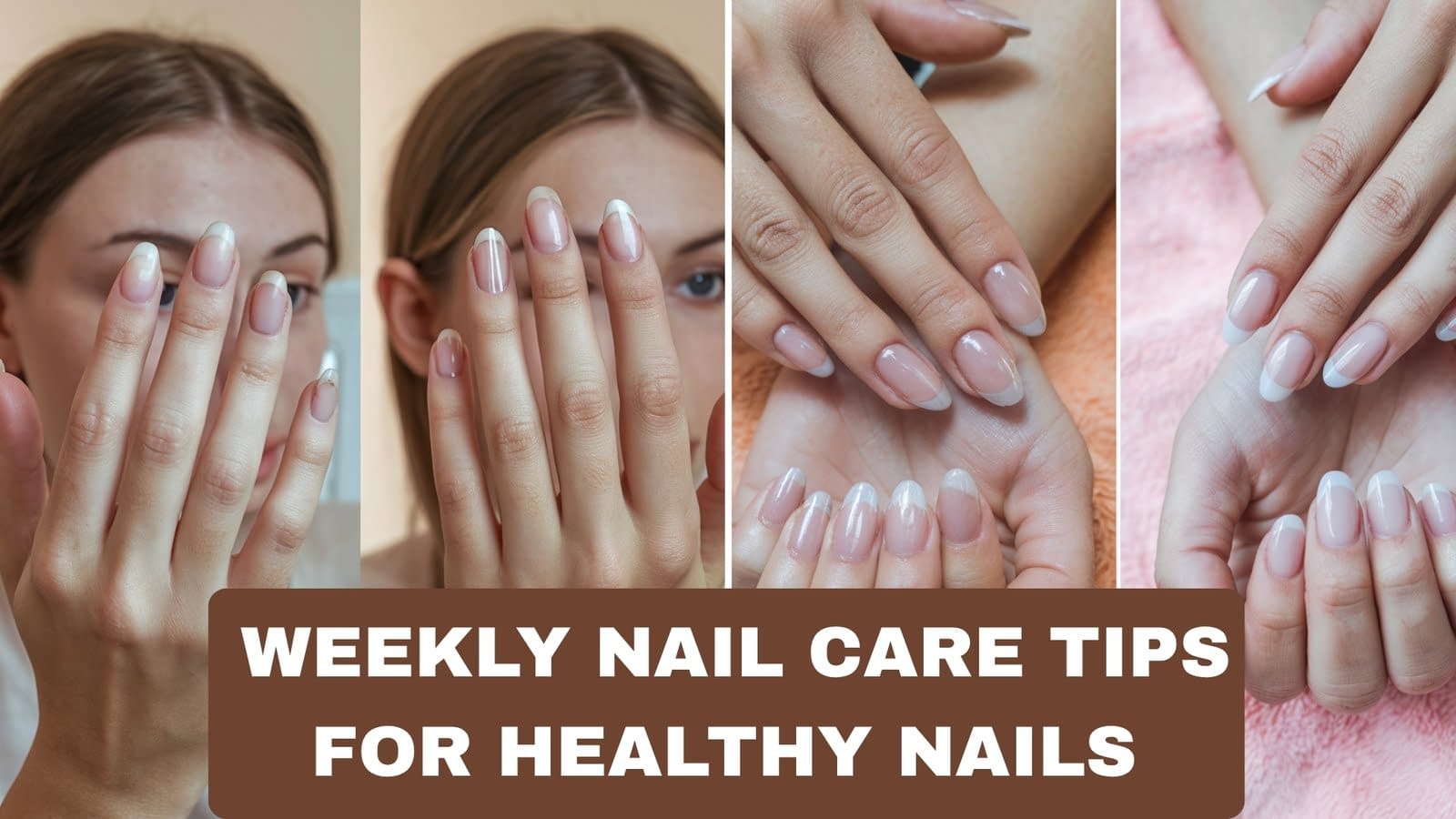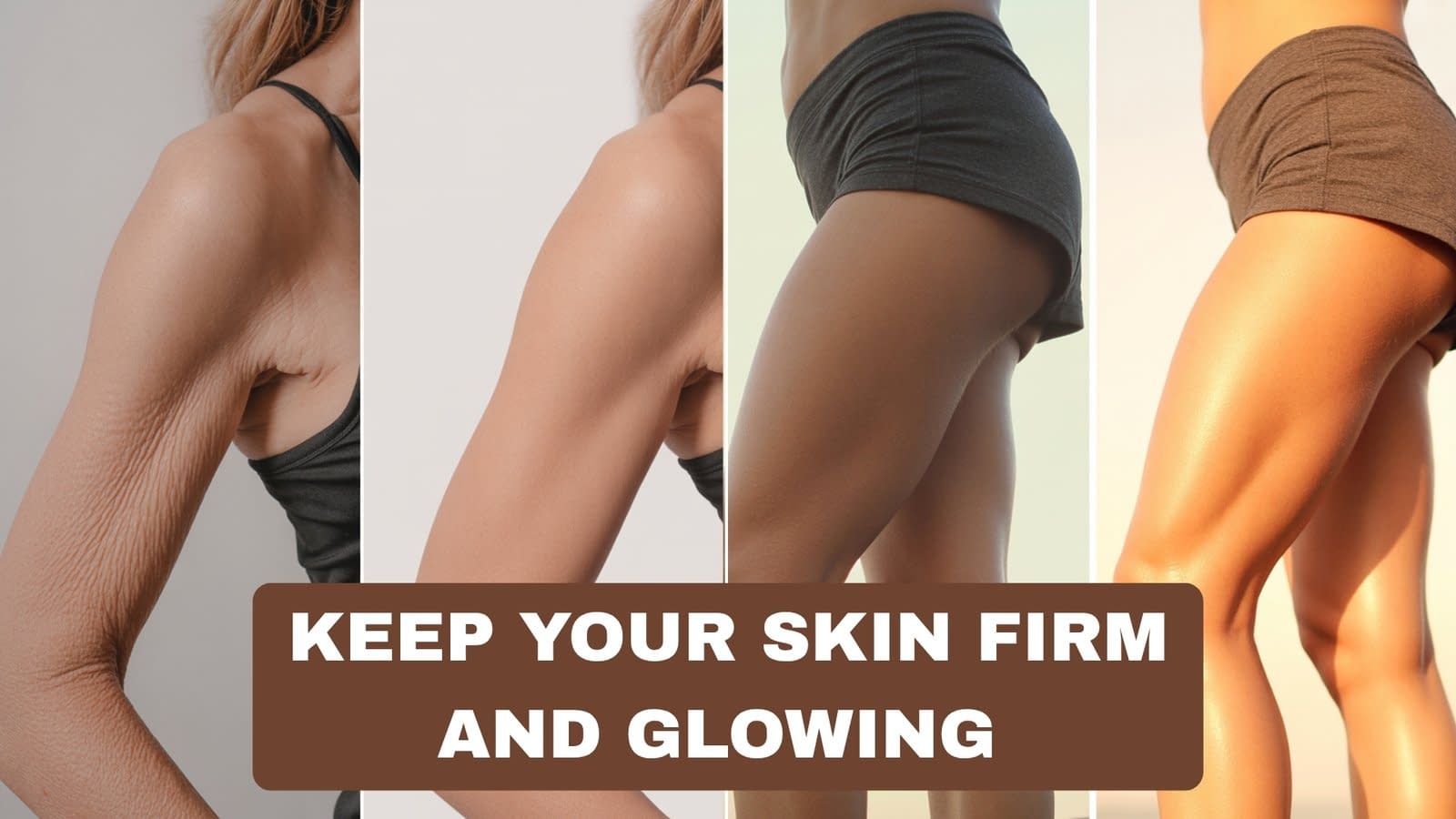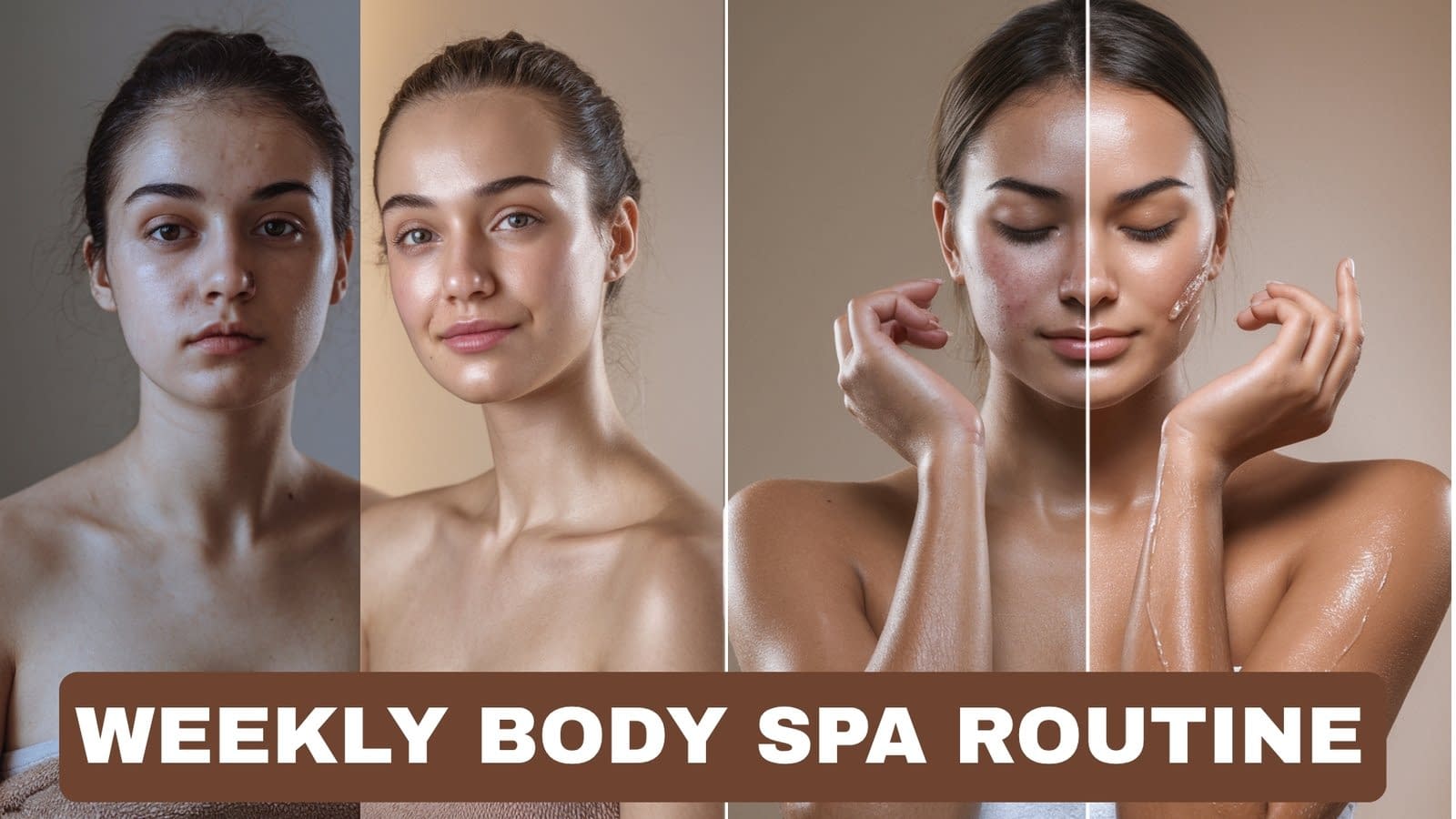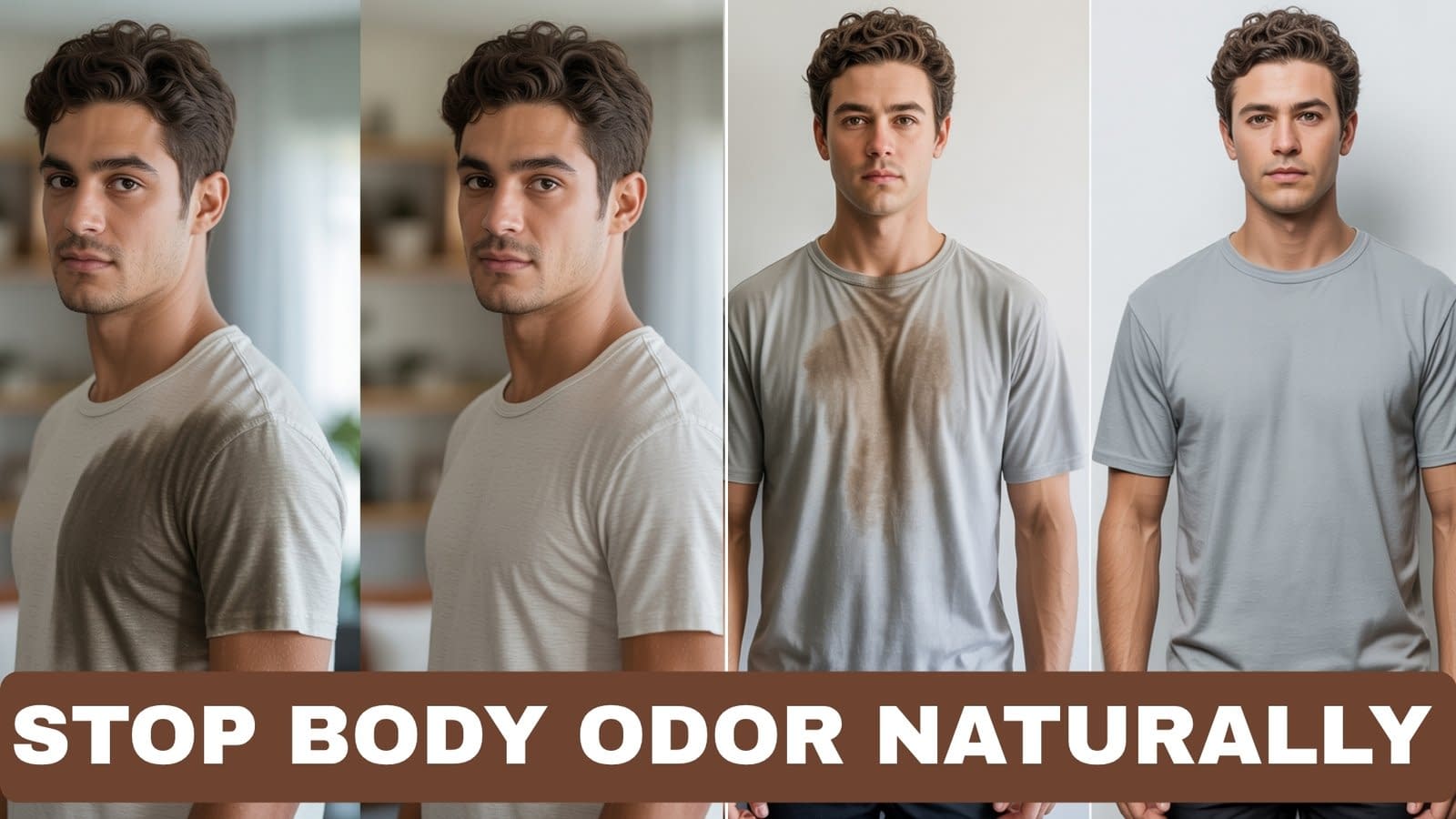Why Body Care Matters for Men
Skin is your body’s largest organ — it protects you, regulates temperature, and shows the effects of lifestyle and time. Yet many men focus only on facial care (if that) and neglect the rest of their body. The truth: a consistent, practical body care routine improves comfort, prevents irritation and infections, slows premature aging, and simply makes you look and feel better.
This post isn’t about complicated regimens or expensive products. It’s a straightforward, realistic playbook of daily and weekly habits men can adopt to keep body skin healthy, resilient, and comfortable — from chest and back to hands, groin, and feet. Each section below explains why the habit matters and gives step-by-step guidance you can actually use.
Daily Cleansing: Choose the Right Body Wash

Why it matters
The wrong cleanser strips natural oils and weakens the skin barrier, which leads to dryness, itchiness, and sometimes acne or dermatitis. A good body wash cleans without over-drying.
Step-by-step guide
- Pick a gentle formula: Look for body washes labeled “gentle,” “hydrating,” or “for sensitive skin.” Avoid bar soaps with strong alkali (high pH) and products with heavy fragrances or alcohols that irritate.
- Consider skin type:
- Dry skin → cream or oil-based body wash.
- Oily or acne-prone back/chest → gentle gel with low-concentration salicylic acid can help.
- Sensitive or eczema-prone → fragrance-free, minimal-ingredient syndet bars or washes.
- Shower temperature and duration: Use lukewarm water; hot water strips oils. Keep showers to 5–10 minutes where possible.
- How to apply: Lather the product in your hands or a soft washcloth. Gently wash — no aggressive scrubbing. Focus on cleansing sweat-prone zones (underarms, groin, feet) but be gentle on chests, arms, and back.
- Rinse thoroughly: Residue can irritate; make sure you rinse off completely.
- After-shower: Pat dry instead of rubbing to avoid micro-tears and moisture loss.
Quick tip: If you sweat a lot after the gym, a second quick rinse with water and gentle cleanser will help avoid body acne and odor.
Exfoliation: Shed Dead Skin and Reveal Fresh Skin
Why it matters
Exfoliation removes dead skin cells, prevents clogged pores and ingrown hairs, improves product absorption, and evens out texture — especially important on areas like chest, back, and thighs.
Step-by-step guide
- Choose your method:
- Physical: soft scrub with fine particles, konjac sponge, or a soft loofah (use gently).
- Chemical: products with AHAs (glycolic, lactic) or BHAs (salicylic) for body—great for bumps like keratosis pilaris or back acne.
- Frequency:
- Normal to oily skin: 1–2 times per week.
- Dry or sensitive skin: once every 10–14 days or stick to very mild chemical exfoliants.
- How to exfoliate:
- Wet the skin, apply product, and use light circular motions—do not scrub aggressively.
- For chemical exfoliants, follow product instructions (often applied to clean, dry skin and left on or rinsed after a short time).
- Post-exfoliation care:
- Rinse well.
- Immediately apply a hydrating moisturizer to lock in moisture and repair the barrier.
- Spot caution: Skip exfoliation on freshly shaved or irritated skin; wait until irritation subsides.
Quick tip: For ingrown hairs, a gentle BHA (salicylic acid) body wash used once or twice weekly can reduce bumps and inflammation.
Moisturize Every Day: Hydration Is Key
Why it matters
Moisturizers restore lipids, prevent transepidermal water loss, and keep skin elastic and comfortable. Without adequate moisture, skin becomes rough, itchy, and aged-looking.
Step-by-step guide
- Pick the right texture:
- Lightweight lotions for normal-to-oily skin.
- Thicker creams or balms for dry climates, winter, or very dry skin.
- Non-comedogenic formulas if you have back/chest acne.
- Timing matters: Apply immediately after showering while skin is still slightly damp — this seals in moisture.
- Target trouble zones: Pay extra attention to elbows, knees, shins, and hands.
- Layering: If skin is very dry, use a humectant layer (hyaluronic acid or glycerin serum) before moisturizer, and a light oil on top at night to lock everything in.
- Daily routine: Moisturize at least once daily; twice if you’re dry, or after heavy sweating/activities that remove oils.
- Travel and convenience: Keep a small tube of moisturizer in your gym bag or desk to reapply if skin feels tight.
Quick tip: Men who shave body hair (chest, back) should moisturize those areas to soothe post-shave irritation.
Sun Protection: Protect Your Skin from UV Damage
Why it matters
UV exposure causes premature aging, uneven pigmentation, and increases skin cancer risk. Men often neglect body SPF — which accelerates visible aging on shoulders, chest, and hands.
Step-by-step guide
- Everyday SPF: Use a broad-spectrum SPF 30+ on exposed areas (neck, ears, hands, forearms). Make it part of your morning routine on sunny and overcast days.
- Amount and application: Apply roughly 1–2 teaspoons for exposed upper body areas (face/neck/ears), and more for full torso/arms/legs. Cover evenly.
- Reapply: Every 2 hours during prolonged outdoor time; after swimming or heavy sweating, reapply immediately.
- Choose the right formula:
- For chest/back: stick sunscreens may be easiest to apply and less runny.
- For sweat-prone areas, pick water-resistant formulas.
- If you’re sensitive, mineral sunscreens (zinc oxide/titanium dioxide) can be gentler.
- Practical protection: Use UPF clothing, hats, and shade to reduce total exposure.
- Check areas easily missed: Top of feet, backs of hands, and the back of the neck are common spots men forget.
Quick tip: If you use colognes or deodorants, apply them after sunscreen to prevent dilution or irritation.
Stay Hydrated: Water for Healthy Skin from Within

Why it matters
Hydration helps skin elasticity, supports cellular function, and assists natural detox pathways. While water alone won’t erase dryness caused by barrier damage, it helps overall skin health.
Step-by-step guide
- Daily water target: Aim for regular intake spaced through the day—commonly 2–3 liters depending on activity, climate, and body size. Adjust based on thirst and urine color (pale straw is a good sign).
- Hydrate around workouts: Replenish lost fluids before, during, and after exercise.
- Limit dehydrating habits: Alcohol and excessive caffeine dehydrate; balance them with water.
- Add hydrating foods: Cucumbers, melons, tomatoes, and leafy greens have high water content and support skin hydration.
- Electrolyte balance: For heavy sweating, include electrolyte-containing drinks to replace sodium, potassium, and magnesium.
Quick tip: Carry a refillable water bottle and set small hourly goals to drink if you forget.
Nutrition for Skin Health: Feed Your Skin Right
Why it matters
What you eat influences inflammation, collagen production, and skin repair. A balanced diet yields more resilient, radiant skin.
Step-by-step guide
- Eat protein regularly: Collagen and keratin formation rely on amino acids from protein sources (lean meats, fish, legumes, eggs).
- Include healthy fats: Omega-3s from fatty fish, flaxseed, chia, and walnuts support barrier function and reduce inflammation.
- Load up on antioxidants: Berries, citrus, dark leafy greens, and colorful vegetables protect against oxidative damage and support repair.
- Vitamin and mineral highlights:
- Vitamin C → supports collagen synthesis (citrus, bell peppers, strawberries).
- Zinc → wound healing and inflammation control (oysters, beans, pumpkin seeds).
- Vitamin A (and beta-carotene) → supports cellular turnover (sweet potatoes, leafy greens).
- Limit sugar and processed foods: High sugar diets can accelerate glycation, which dulls skin and weakens proteins.
- Consider supplements (if needed):
- Collagen peptides — some studies show modest benefits for skin elasticity.
- Fish oil (omega-3) — helps barrier and inflammation.
- A multivitamin if your diet is inconsistent — consult a healthcare professional before starting supplements.
Quick tip: Meal prep with skin-supportive foods makes consistent healthy eating easier.
Exercise and Sweat: Benefits for Circulation and Skin Renewal
Why it matters
Exercise increases blood flow, helps deliver nutrients to skin, and supports lymphatic drainage. Sweating helps clear pores when paired with proper cleansing.
Step-by-step guide
- Mix cardio + resistance training:
- Cardio (30+ minutes, 3–5x/week) supports circulation and metabolic health.
- Strength training (2–3x/week) builds muscle support for skin and improves posture.
- Post-workout hygiene:
- Shower and cleanse soon after heavy sweating to avoid clogged pores and bacterial growth.
- Use a gentle cleanser to remove sweat and oils; follow with moisturizer if skin feels dry.
- Drying and clothes: Change out of sweaty clothes quickly; synthetic fabrics that trap sweat can breed bacteria — choose breathable materials.
- Stretching and mobility: Maintain flexibility to support posture and circulation (yoga or daily stretching for 10–15 minutes helps).
- Recovery: Prioritize rest days and sleep for skin repair.
Quick tip: For men prone to body acne, consider a medicated body wash with salicylic acid used 2–3 times a week (not daily) and always follow with a hydrating moisturizer.
Smart Grooming Habits: Shaving, Hair Removal, and Skin Care
Why it matters
Proper grooming prevents irritation, ingrown hairs, and infection. Techniques matter more than products.
Step-by-step guide
- Pre-shave prep:
- Shower or apply a warm, damp towel to soften hair and open pores.
- Use a gentle pre-shave oil or cream to reduce friction for body shaving.
- Choose the right tool:
- Single-blade or multi-blade razors depending on hair thickness; electric trimmers reduce friction and irritation.
- Shave with the grain: Start with the direction of hair growth; if you need a closer shave, re-lather and carefully go gently against the grain once.
- Use a sharp blade: Dull blades tug and cause razor burn and ingrown hairs.
- Post-shave care:
- Rinse with cool water to close pores.
- Apply an alcohol-free soothing lotion or aloe vera gel.
- If prone to ingrown hairs, use a light, non-comedogenic serum with exfoliating ingredients (BHA) a couple times a week.
- Hair removal alternatives:
- Trimming: Low-maintenance and low-irritation.
- Waxing/sugaring: Effective but can cause temporary irritation; avoid if you have active acne or very sensitive skin.
- Laser hair removal: Long-term option — consult a professional.
- Foot, groin, and underarm care: These areas require special attention — keep clean, dry, and use breathable fabrics.
Quick tip: If you get repeated ingrown hairs in one area, see a dermatologist for targeted treatments (topical retinoids or professional extraction).
Sleep and Stress Management: The Invisible Skin Boosters

Why it matters
Sleep is when the body repairs; stress increases cortisol which can promote inflammation and breakouts. Together, they profoundly affect skin quality.
Step-by-step guide
- Aim for consistent sleep: 7–9 hours per night where possible. Keep a regular bedtime and wake time.
- Create a wind-down routine: Reduce screen time 60 minutes before bed, dim lights, read, or do light stretching.
- Sleep environment: Use breathable sheets, maintain a cool room temperature, and minimize noise and light.
- Stress reduction strategies:
- Daily movement or meditation (10–20 minutes).
- Deep-breathing exercises when stressed.
- Hobbies and social connection — consistent stress relief reduces inflammatory skin flares.
- Limit late-night alcohol and tobacco: Both impair sleep quality and damage skin recovery.
- Track correlations: Note how sleep and stress affect your skin — you’ll see patterns (breakouts, dullness, puffiness).
Quick tip: A short pre-sleep face and body ritual (cleanse, lightweight moisturizer, and a few minutes of deep breathing) helps both skin and sleep.
Final Words
Healthy body skin for men is about consistency, practicality, and smart choices — not perfection. Start with the basics: a gentle cleanser, regular moisturizing (apply to damp skin), daily SPF on exposed areas, and weekly exfoliation. Back those habits with good hydration, balanced nutrition, regular exercise, and enough sleep. Grooming and shaving done with the right technique will reduce irritation and ingrown hairs, and targeted products (for acne, very dry skin, or pigmentation) can be added without overcomplicating things.
A simple, 5-step daily routine to start with
- AM: Rinse or gentle cleanse → lightweight moisturizer → SPF 30+ on exposed areas.
- Post-workout: Shower, cleanse sweaty areas, apply moisturizer.
- PM: Cleanse → moisturizer (richer at night if dry) → treat any specific concerns (body acne, localized dryness).
- Weekly: Exfoliate 1–2x, targeted treatments (masks or oils) as needed.
- Lifestyle: Hydrate, eat well, exercise, sleep, manage stress.
Small daily choices compound into tangible skin improvements in weeks to months. Pick two habits from this list you can realistically stick to for four weeks — then add another. If you have persistent issues like severe eczema, recurring infections, or troubling lesions, consult a dermatologist for a tailored care plan.


